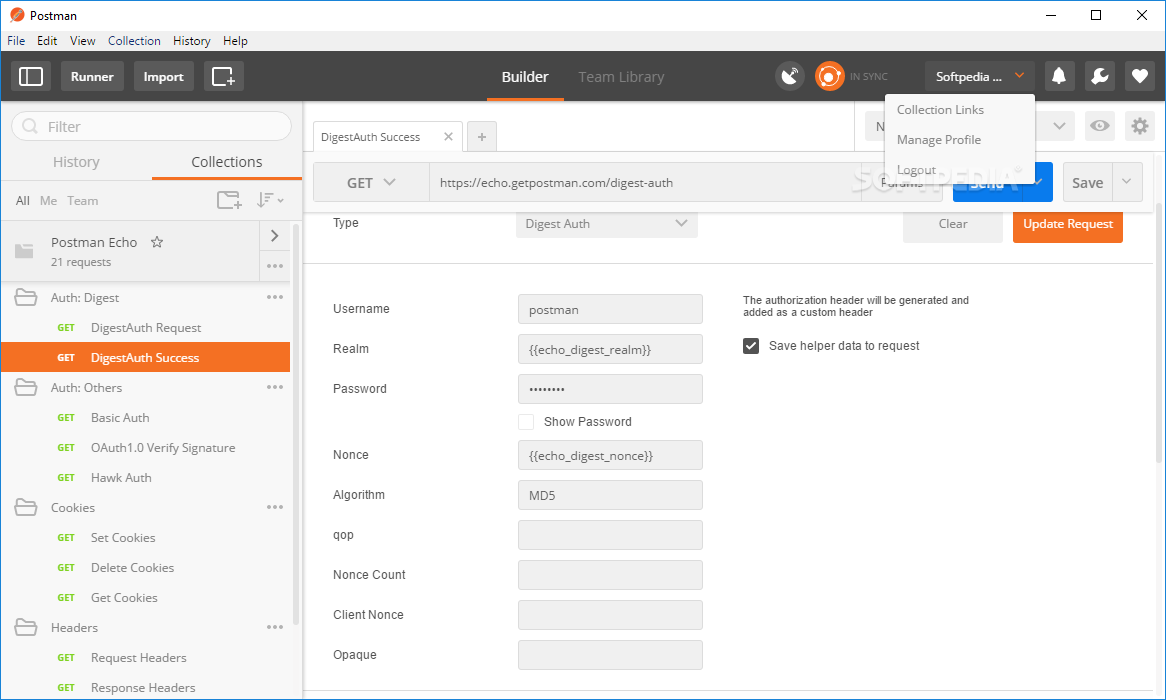
The latest versions of the native apps let you send headers like Origin and User-Agent. With the native apps, you can create collections, switch to history requests, and more.

The native apps are not restricted by the Chrome standards for the menu bar. The native apps come with a built-in proxy that you can use to capture network traffic. Unlike the Chrome app, no separate extension ( Interceptor) is needed.

The native apps let you work with cookies directly. Postman’s native apps are built on Electron, and overcome a number of restrictions of the Chrome platform.Ī few features exclusive to the native apps are listed here: Cookies Differences between Chrome and native apps Once you’ve downloaded the app, you can launch Postman. The download should take a few minutes depending on your internet connection. If you already have Chrome installed, head over to Postman’s page on the Chrome Web Store, and click ‘Add to Chrome’. To use the Postman Chrome app, you will first need to install Google Chrome. The Postman Chrome app can only run on the Chrome browser. Read more about why support for the Postman Chrome app is being deprecated.

We recommend using the Postman native apps, but Postman is also available as a Chrome app. Check out this guide for installing the Postman app on Ubuntu 16.04. Installation on Linux can vary between distributions.Double click on Postman to open the application. Once you’ve downloaded app, you can drag the file to the “Applications” folder. To install Postman, go to the apps page and click Download for Mac / Windows / Linux depending on your platform. Postman is available as a native app for Mac, Windows, and Linux operating systems. This feature enables users to monitor API responses, availability, and performance.Installation and updates Installing the Postman app Postman native apps Postman's API mock servers will help your work become more efficient.ĪPI Monitoring: Checking API response and performance is necessary - this is why Postman makes it easy to set up API monitoring. With this platform, you can define your API's data structure. Postman can inspect responses by viewing status code, response time, and response size.Īutomated Testing: Another great thing about Postman is that you can automate different types of test (unit tests, functional tests, integration tests, end-to-end tests, among others) - it allows users to add the automated testing to their CI/CD pipeline.ĭesign and Imitate: Because building a quality API is so important, Postman offers users the possibility to design and mock APIs. The following body types are supported: URL-encoded, raw body editing, binary data, and multipart data. Postman gives you the possibility to create and execute any REST, SOAP, and GraphQL queries. API Client: Does Postman have an API? Yes, it does.


 0 kommentar(er)
0 kommentar(er)
